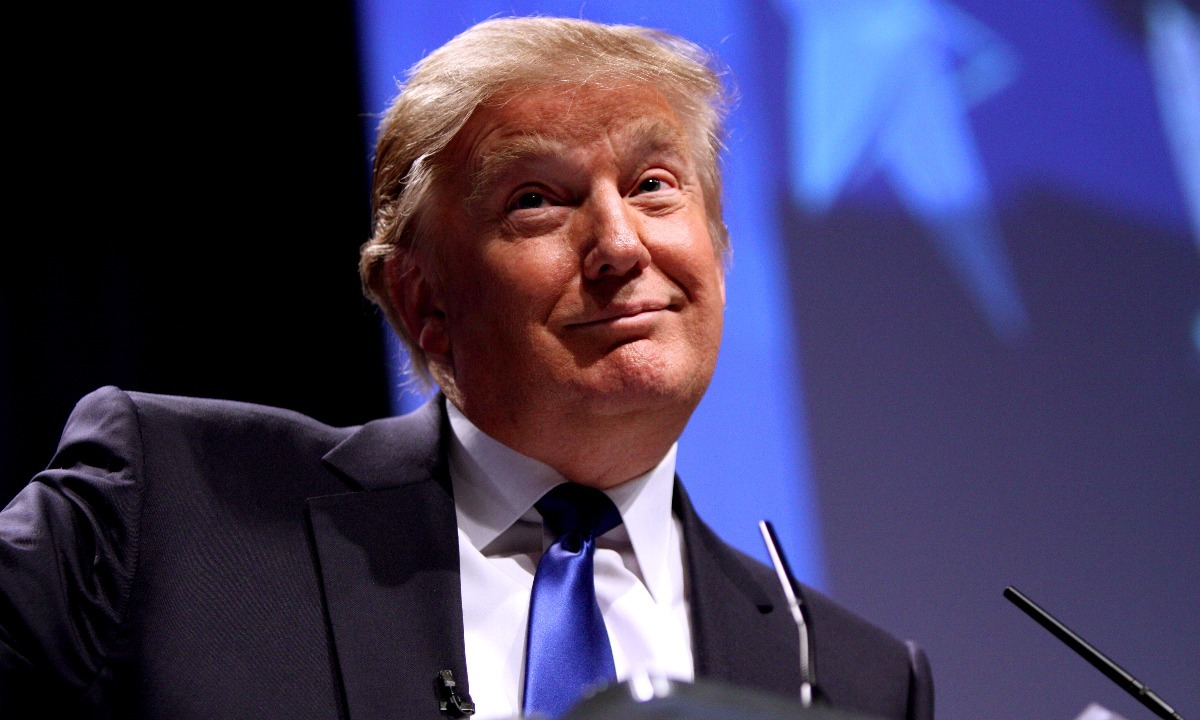Trump’s Economic Plans Strained by Rising Inflation
12.12.2024 21:30 2 min. read Alexander Zdravkov
Rising inflation continues to challenge the U.S. economy, with housing costs playing a significant role.
They now make up a third of the Consumer Price Index (CPI), and while housing price growth slowed, inflation in the sector still increased, contributing to nearly 40% of the overall rise in November.
This poses a major obstacle for President Trump’s economic agenda, as housing costs stand in the way of reaching the Federal Reserve’s 2% inflation target. Although rents are decreasing, the pace isn’t enough to curb the overall inflation. On top of this, the housing supply remains constrained, still 17% below pre-pandemic levels, while demand persists, keeping prices elevated.
Mortgage rates have further compounded the issue, making homes less affordable. Rents have surged by 30% in the last four years, and October saw a 3.3% year-over-year increase in the average rent. Despite rate cuts by the Federal Reserve, mortgage rates have continued to climb, intensifying the affordability crisis.
Trump’s push for deregulation aims to help by easing construction barriers and unlocking federal land for housing. However, his influence over monetary policy is limited. The Federal Reserve’s autonomy means any rate changes will take time, and while some economists remain hopeful that rent increases could eventually slow, housing costs still present a tough hurdle.
Inflation is also spilling over into other sectors, particularly services. Although wage growth has slowed, service inflation remains high, further straining Trump’s economic plans. With inflation expectations rising and uncertainty about the impact of Trump’s policies, the economic outlook remains uncertain. While tech stocks have thrived, analysts are divided on the sustainability of the market’s recent gains.
-
1
U.S. PCE Inflation Rises for First Time Since February, Fed Rate Cut Likely Delayed
27.06.2025 18:00 1 min. read -
2
Key U.S. Economic Events to Watch Next Week
06.07.2025 19:00 2 min. read -
3
Gold Beats U.S. Stock Market Over 25 Years, Even With Dividends Included
13.07.2025 15:00 1 min. read -
4
U.S. Announces Sweeping New Tariffs on 30+ Countries
12.07.2025 16:30 2 min. read -
5
US Inflation Heats Up in June, Fueling Uncertainty Around Fed Cuts
15.07.2025 16:15 2 min. read
US Inflation Heats Up in June, Fueling Uncertainty Around Fed Cuts
U.S. inflation accelerated in June, dealing a potential setback to expectations of imminent Federal Reserve rate cuts.
Gold Beats U.S. Stock Market Over 25 Years, Even With Dividends Included
In a surprising long-term performance shift, gold has officially outpaced the U.S. stock market over the past 25 years—dividends included.
U.S. Announces Sweeping New Tariffs on 30+ Countries
The United States has rolled out a broad set of new import tariffs this week, targeting over 30 countries and economic blocs in a sharp escalation of its trade protection measures, according to list from WatcherGuru.
Key U.S. Economic Events to Watch Next Week
After a week of record-setting gains in U.S. markets, investors are shifting focus to a quieter yet crucial stretch of macroeconomic developments.
-
1
U.S. PCE Inflation Rises for First Time Since February, Fed Rate Cut Likely Delayed
27.06.2025 18:00 1 min. read -
2
Key U.S. Economic Events to Watch Next Week
06.07.2025 19:00 2 min. read -
3
Gold Beats U.S. Stock Market Over 25 Years, Even With Dividends Included
13.07.2025 15:00 1 min. read -
4
U.S. Announces Sweeping New Tariffs on 30+ Countries
12.07.2025 16:30 2 min. read -
5
US Inflation Heats Up in June, Fueling Uncertainty Around Fed Cuts
15.07.2025 16:15 2 min. read


